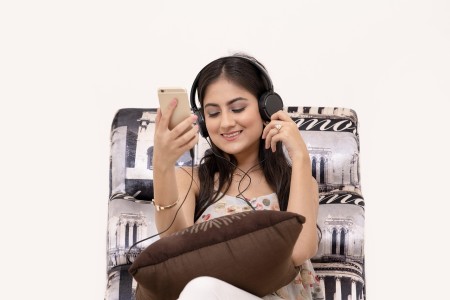In a world that often feels overwhelmingly loud, noise-cancelling earplugs have emerged as a beacon of solace for many individuals seeking peace and quiet. Whether you’re a frequent traveler, a busy professional, or simply someone who values a good night’s sleep, these innovative devices offer a refuge from the cacophony of daily life. By actively blocking or reducing unwanted ambient sounds, noise-cancelling earplugs can transform your auditory environment, allowing you to focus, relax, or rest without distraction. Understanding their functionality and benefits can significantly enhance your quality of life, making it essential to explore the nuances of these remarkable tools.
Noise-cancelling technology primarily relies on two methods: passive and active noise cancellation. Passive noise cancellation involves the physical design of the earplugs, which fit snugly in the ear canal, blocking external noise through sound isolation. This is achieved through materials that absorb sound waves, such as foam or silicone. On the other hand, active noise cancellation employs sophisticated electronic systems that produce sound waves to counteract incoming noise. This dual approach allows users to experience a more profound reduction in unwanted sounds, making these earplugs particularly effective in environments with consistent noise, like airplanes or busy offices.
The market for noise-cancelling earplugs has expanded significantly, catering to a diverse range of users. From musicians seeking to protect their hearing while still enjoying the music, to students needing to concentrate in noisy libraries, there is a pair of earplugs suited for every scenario. Additionally, advancements in technology have led to the development of customizable options, where users can adjust the level of noise cancellation according to their preferences. This versatility is one of the key factors driving their popularity across various demographics.
Comfort is another crucial aspect of noise-cancelling earplugs. Many users often shy away from traditional earplugs due to discomfort during prolonged use. Manufacturers have recognized this concern and have designed earplugs with ergonomics in mind. Soft materials, adjustable sizes, and contoured shapes ensure that users can wear them for extended periods without discomfort. This is particularly important for individuals who may need to wear earplugs while sleeping or during long flights, where comfort can significantly impact the overall experience.
The effectiveness of noise-cancelling earplugs can also vary based on the environment in which they are used. For instance, they perform exceptionally well in environments with consistent noise, such as air conditioning units or traffic sounds. However, they may not be as effective against sudden, sharp noises, like a dog barking or a door slamming. Understanding the limitations of these devices is essential for users to set realistic expectations and maximize their benefits.
Another significant benefit of noise-cancelling earplugs is their potential to improve sleep quality. Many individuals struggle with insomnia or disrupted sleep patterns due to environmental noise. By creating a quieter sleeping environment, these earplugs can help users fall asleep faster and enjoy deeper, more restorative sleep. Research has shown that a reduction in noise can lead to lower stress levels and improved overall health, making noise-cancelling earplugs a valuable tool for those seeking better sleep hygiene.
For travelers, noise-cancelling earplugs can be a game changer. Airplane cabins can be notoriously noisy, with engine sounds and chatter from fellow passengers creating an environment that is less than conducive to relaxation. By using these earplugs, travelers can block out much of the ambient noise, allowing them to read, listen to music, or even nap during their journey. This not only enhances the travel experience but can also help mitigate the effects of jet lag.
While the benefits of noise-cancelling earplugs are clear, it’s essential to consider the importance of proper usage and maintenance. Regular cleaning and proper storage can prolong the life of these devices and ensure they continue to function effectively. Users should also be mindful of the volume levels when using earplugs with integrated audio features, as prolonged exposure to high volumes can lead to hearing damage. Adopting a balanced approach to usage will maximize the benefits while minimizing potential risks.
As the technology behind noise-cancelling earplugs continues to evolve, future research could explore several promising directions. Investigating the long-term effects of regular use on hearing health, as well as the psychological impacts of reduced noise exposure, could provide valuable insights. Additionally, exploring the integration of smart technology, such as connectivity with mobile devices or adaptive noise-cancellation features, may further enhance user experience and satisfaction.
In summary, noise-cancelling earplugs represent a significant advancement in personal audio technology, offering users a pathway to a quieter, more focused, and restful life. Their versatility, comfort, and effectiveness make them a valuable addition to anyone’s daily routine. As we continue to navigate an increasingly noisy world, further exploration into their benefits and potential improvements will be crucial in maximizing their impact on our well-being.

